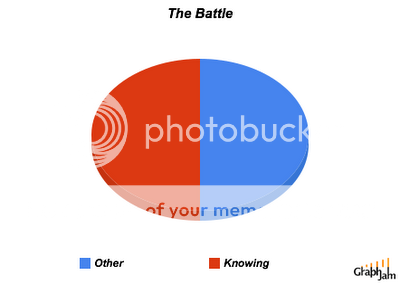terry78
My name is Stefan, sweet thang
- Joined
- Mar 8, 2004
- Messages
- 88,381
- Reaction score
- 8,381
- Points
- 203
http://news.yahoo.com/weird-looking-meat-eating-sponge-found-deep-sea-163306148.html
That's how it starts.
That's how it starts.
Eh...maybe. Granted, there's still a lot we have to learn about deep-sea ecosystems, but they tend to be low-energy in ecological terms. This could effectively limit the size of organisms at higher trophic levels (e.g., top predators), especially if they live exclusively in these deep-water regions. It really depends on the availability of food from the surface, as I'm not convinced that chemoautotrophs (vent organisms and bacteria) could support high-energy ecosystem structure.There's really no telling whats down there. Probably huge sea creatures too
And got a degree in marine biology.Someone has done their reading.

Yeah, bath salts are awesome.Lol for real?
And got a degree in marine biology.
Expanding upon what I wrote before, that really applied to organisms at higher trophic levels. The lower down on the food-chain/web you feed, the more efficiently you use energy available in the system (lower trophic levels contain greater biomass). So if we're talking about, say, the equivalent of a grazer/herbivore in terrestrial systems (most large whales also feed at a lower trophic level - they're usually secondary consumers, at about the third level), there may be something there. My money would be on large colonial organisms (like sponges, corals, bryozoans, etc.) with low metabolic rates and high levels of metabolic efficiency, which would allow them to grow to considerable size. But then again, I'm not sure this fits with your definition of a "huge sea creature."
Also, again, this applies to organisms living exclusively in these deep-sea environments. If we have an organism that makes periodic migrations to more shallow habitat, that would change many of these considerations with respect to access to food/energy. But it would also probably increase the likelihood of its discovery up until this point (then again, this assumption may be flawed).

Lol, i was talkin about your marine biology degree.Yeah, bath salts are awesome.
Don't we all?... I like cookies, and shiny buttons ...
Well wow, thanks.And got a degree in marine biology.
Expanding upon what I wrote before, that really applied to organisms at higher trophic levels. The lower down on the food-chain/web you feed, the more efficiently you use energy available in the system (lower trophic levels contain greater biomass). So if we're talking about, say, the equivalent of a grazer/herbivore in terrestrial systems (most large whales also feed at a lower trophic level - they're usually secondary consumers, at about the third level), there may be something there. My money would be on large colonial organisms (like sponges, corals, bryozoans, etc.) with low metabolic rates and high levels of metabolic efficiency, which would allow them to grow to considerable size. But then again, I'm not sure this fits with your definition of a "huge sea creature."
Also, again, this applies to organisms living exclusively in these deep-sea environments. If we have an organism that makes periodic migrations to more shallow habitat, that would change many of these considerations with respect to access to food/energy. But it would also probably increase the likelihood of its discovery up until this point (then again, this assumption may be flawed).

Hey, no worries. I always jump at the chance to be an insufferable know-it-all.Well wow, thanks.

